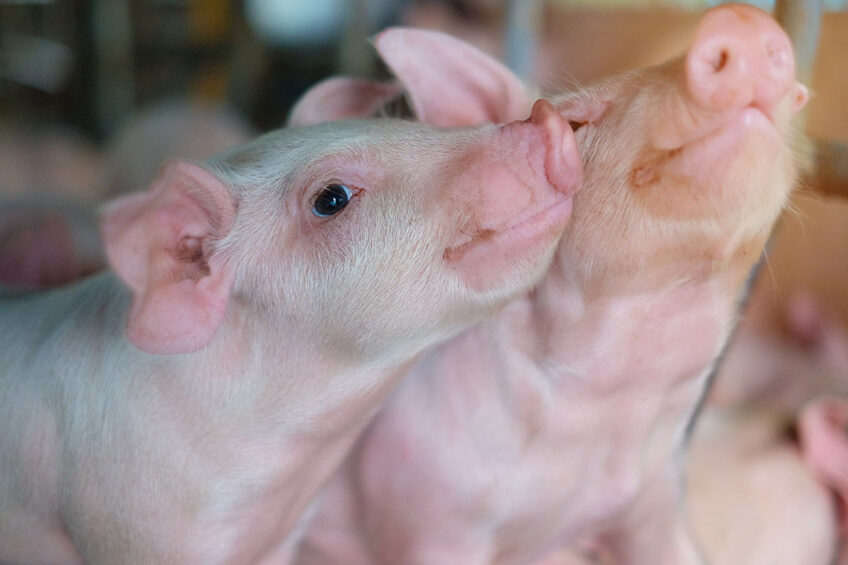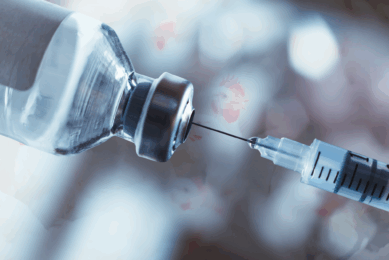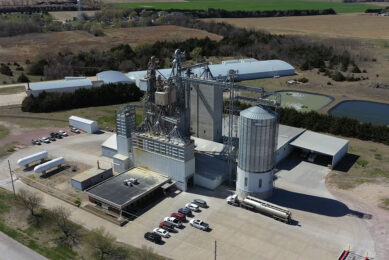Using biotechnology to reduce antibiotic resistance

The solution to reducing the use of antibiotics may lie in biotechnology. Yeast derivatives, glucans and prebiotics used strategically together to be more precise.
Pig production is even more technified and producers are increasingly aware of biosafety issues and improvements in management and nutrition to achieve higher productive and zootechnical results. However, the control of bacterial resistance to antibiotics and the global recommendation on the reduction on the use of antibiotics as growth promoters, can become a challenge to the producer. The antibiotic ban in feed triggers a demand for alternatives such as feed ingredients, additives, and prebiotics.
Although there is a range of additives available in the animal nutrition market today, there is a need to define strategic programmes focused on immune nutrition and intestinal functionality that allow the control of bacteria resistance and reduction of antibiotic use to keep animal health and productivity.
Biotechnological solutions
To bring a natural solution to the pig market, focussed on the reduction of bacterial antibiotic resistance, Biorigin developed the BioProtect Program where 3 biotechnological solutions from Biorigin were strategically applied:
- MacroGard (highly purified β-glucan),
- HyperGen (second generation prebiotic) and
- ActiveMOS (prebiotic).
A study was conducted in a commercial pig farm under the coordination of Animal Nutri Research Centre (Brazil, 2020), including 480 piglets during grower and finisher phases – between 63 to 172 days of life. The objective was to evaluate the effect of yeast derivatives as a strategical programme in piglets zootechnical and health response under the total removal of antibiotics as growth promoters and under the reduction of the use of antibiotics in therapeutic dosages. The study followed a specific programme (Table 1). The difference between the control and overdose groups is the antibiotic (therapeutic and growth-promoter) dosage. In the control group the dosage indicated in the label of the products was used and in the overdose group an increment of 30% in the antibiotic dosage was considered.
Note that on BioProtect Program there are only 2 periods of 14 days with therapeutic antibiotic treatment. Total exclusion of antibiotic as growth promoter: no AGP during the entire grower and finisher periods in Biorigin’ s Program!
The results showed that the BioProtect Program:
- allowed total removal of antibiotics as growth promoter
- reduced the number of feed therapeutic antibiotic supplementation
- maintained piglets’ weight gain in the period
- maintained the feed conversion rate
- reduced diarrhoea during grower and finisher phases
It has been proven that S. cerevisiae yeast derivatives are strategic technologies to build effective feed programmes, acting on intestinal functionality and immunomodulation, promoting an important reduction in the use of antibiotics, favouring intestinal health, strengthened natural defences, and ensuring animal performance and well-being. The programme allowed the total removal of growth-promoter antibiotics and reduce therapeutic antibiotic use, keeping animal performance and improving animal health.
For more information please contact:
biorigin@biorigin.net







